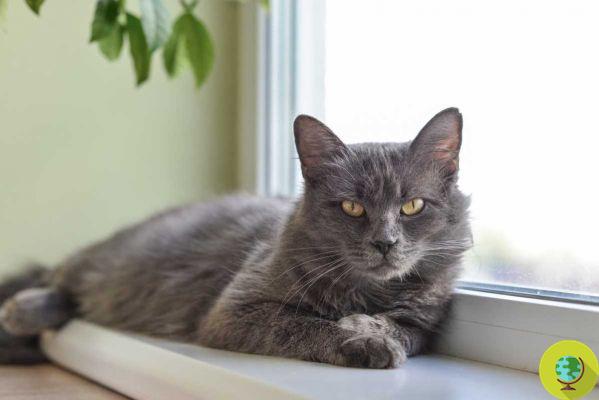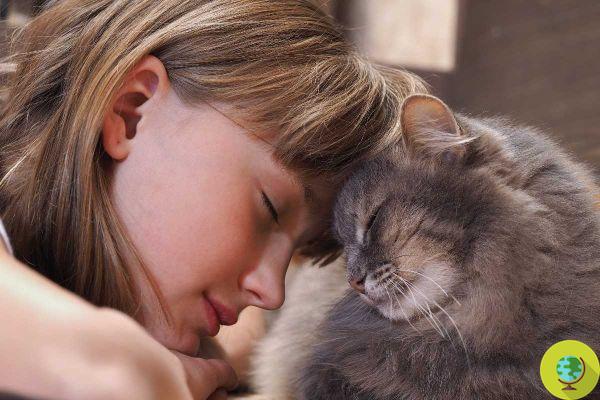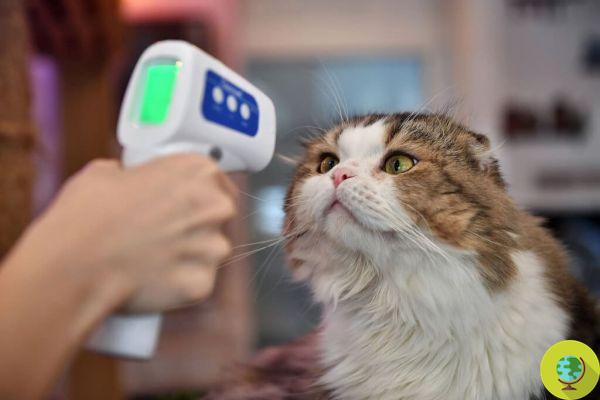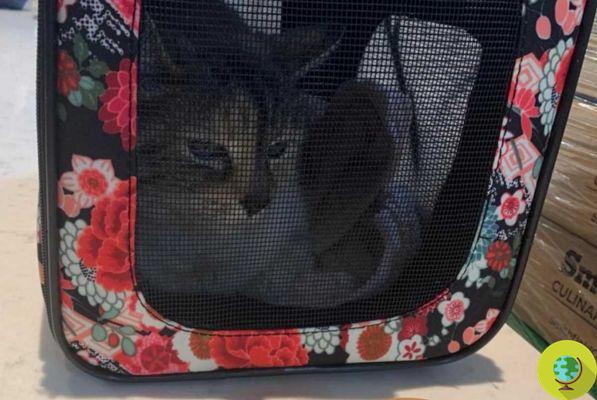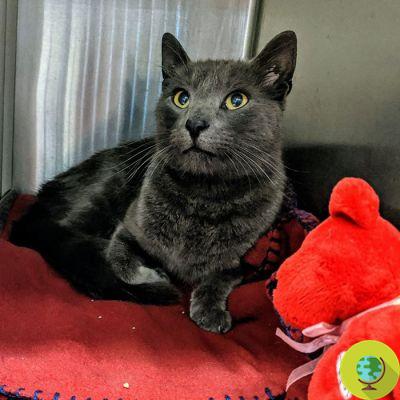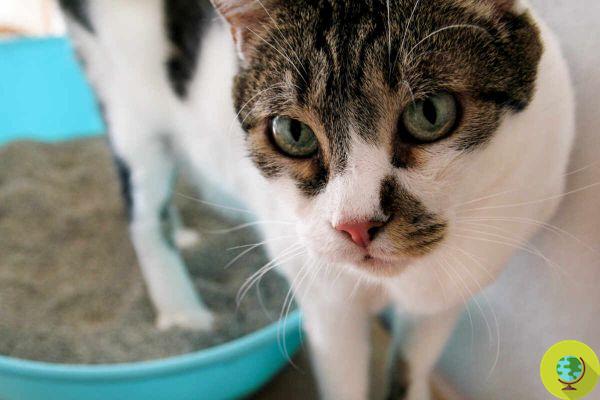
Although they are rare, urinary infections cause a considerable amount of stress in cats. But realizing it in time is possible
Urinary infections affect cats at any time in their life, but unlike other pets, are rare and it is easier to notice the development of a urinary tract infection in felines as owners constantly clean the litter box and can immediately notice changes in the cat's habits.
When it comes to urinary infections, vets refer to the bacterial cystitis or UTI and feline idiopathic cystitis o FIC or FLUTD from the English feline lower urinary tract disease that is a set of clinical symptoms that create problems with the urethra and bladder for the cat.
If your cat has an ongoing urinary infection, it could also be due to an underlying endocrine disease, such as hyperthyroidism or diabetes mellitus. While some infections disappear with the use of antibiotics, for others the therapy is longer and more complex, so it is advisable to run to the vet if your cat gives you some signals.
Here's what to look out for.
Index
Symptoms of urinary tract infections in cats
A common urinary tract problem in cats is cystitis which is usually associated with the following symptoms:
- frequent urination, but in small quantities what doctors call pollakiuria;
- blood in the urine o hematuria which occurs with blood stains in the urine or urine of an unusual color;
- loss of bladder control with urine outside the litter box;
- meowing of pain and strain at the time of urination they could indicate severe inflammation in the circulation, as well as the presence of stones in the bladder that prevent the cat from urinating normally;
- lack of urination o anuria is the most serious case since there is a serious obstruction that can only be resolved with the timely intervention of the veterinarian;
- uncontrollable thirst;
- excessive licking of the genital area to soothe irritation, but which can cause other infections.
How to diagnose a urinary tract infection in cats
When you notice one or more of these symptoms in your cat, you should immediately go to your vet to have a thorough health check. Your vet will ask you if anything has changed in your cat's habits recently, his lifestyle, and will diagnose him after carrying out the tests. urine tests as well as other analyzes.
Causes of urinary infections in cats
There are many diseases that occur through urinary infections as well as external factors that can favor them. The most common are:
- urolithiasis that is the presence of struvite or calcium oxalate stones in the urinary tract in the cat that are formed due to an incorrect diet of the feline. However, there would also be breed predispositions, as well as overweight and adult cats;
- congenital malformations;
- bladder cancer;
- diabetes;
- thyroid problems;
- high stress which causes the cat to urinate in unusual places, to lick itself without stopping and to tear its hair in the most serious cases.
Most common treatments of urinary infections
Each case has a specific diagnosis and treatment to follow, but there are more common treatments than others for these infections:
- course of antibiotics, antibiotic therapy treats milder infections in a relatively short time. The vet will prescribe the most suitable medications, then setting up a subsequent appointment;
- bladder washes to help your cat excrete accumulated urine, which it cannot get rid of on its own due to an obstruction. If the obstruction is severe a surgery to remove the cause;
- specific diet, a special diet helps your cat to cure infections and prevent them from recurring again, as unfortunately happens frequently. There are special lines of food, called proprio urinary, to help cats with urinary problems;
- identify the cause of stress it could be essential if urinary infections were generated by external factors. Many cats can suffer from the presence of multiple animals in the house, feeling abandoned, and manifest their discomfort in this way.
If you suspect or notice that something has changed in your cat, don't hesitate to call your veterinarian. Many owners mistakenly think that if the cat does not show alarming symptoms, he does not need to be seen by a doctor, skipping vet appointments and only resorting to this in an emergency. To rule out the more serious causes, it is always best to have your cat regular checkups with all routine tests.
Source: animERge
Follow us on Telegram|Instagram |Facebook |TikTok |Youtube
We also recommend:
- Are there any harmful substances in cat litter? The best brands in the German test
- When and why would it be better to sterilize the cat?
- Cats: the 10 most used and 10 most extravagant names of 2021
- How to help street cats survive the cold and frost of winter
- Cystitis: Symptoms, Causes, and 11 Natural Remedies







